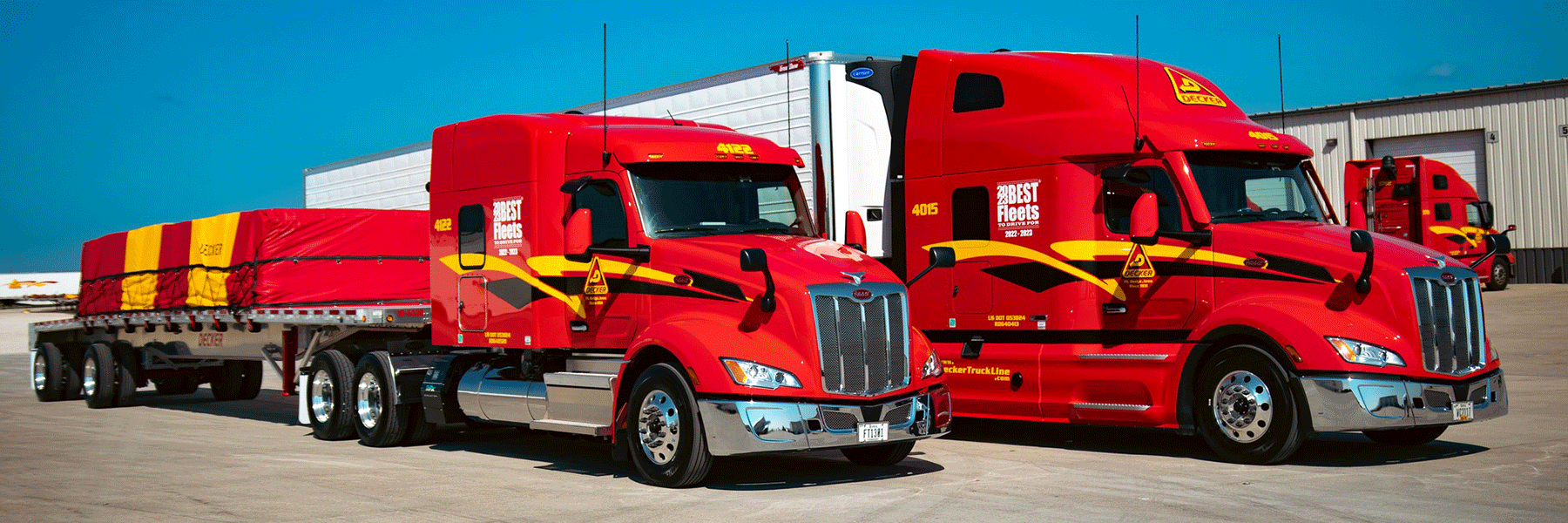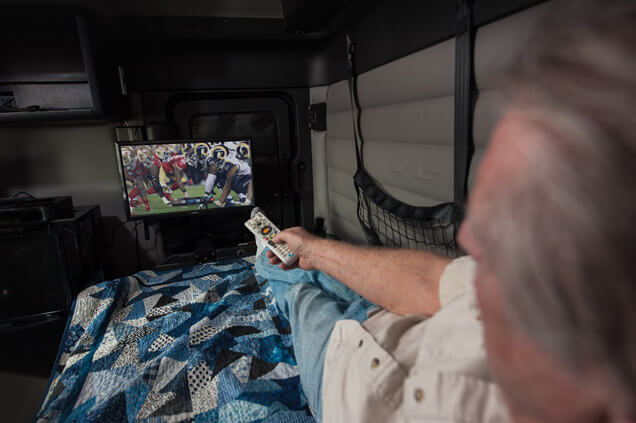100 channels while on the road could stabilize driver retention, somewhat.
Can satellite TV cure the driver shortage?
Probably not. But in an environment where every little bit helps, satellite broadcasting could have a role to play. At least that's what Interide Transport, a Salt Lake City-based trucker with 95 trucks, believes. Last November, the carrier installed in-cab satellite TV systems in each truck. Today, it reports a 23-percent improvement in driver retention, and savings in annual hiring costs of about $92,400. Interide said the carrier's improved driver retention metrics eliminate the need to hire 23 new drivers a year, at a per-driver recruitment cost of $4,200.
The premium satellite programming package, provided by EpicVue, a Salt Lake City-based firm that provides TV packages tailored to truck fleets, costs $600 a year in subscription fees per driver. There are no upfront costs. Interide estimates that it saves about $36,000 a year with the system installed.
"The satellite TV systems are one of the major reasons we're retaining drivers." said Sean Snow, Interide's founder and CEO, in a statement.
The EpicVue package provides more than 100 channels, including several premium-priced channels. The in-cab systems are offered to fleets with 20 or more vehicles for a monthly subscription fee of $49 for a five-year contract, or $59 monthly for a three-year contract.
The sets, which are mounted in the cab's sleeper berth, will not work when the truck is moving, according to Susan Fall, head of a public relations firm that focuses on the trucking industry and represents EpicVue. The one exception would be if fleets purchased EpicVue's "inMotion" product, which is designed for team drivers, she said.
Fall, who has run her company for 15 years, said in an e-mail that she's "never seen a product truly take off like this one." In-cab satellite TV is in the early stages, but Fall predicted that it will be a "standard feature for over-the-road drivers in the next decade."
Original source: dcvelocity.com



